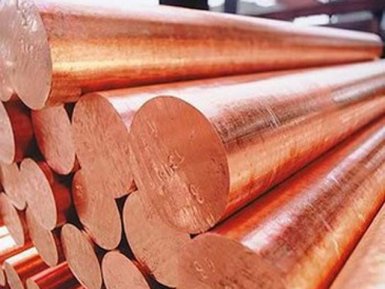Annealing, quenching and heat treatment of cemented structural steel

Are you interested in heat treatment of cemented steels from the supplier company AvecGlob? Here you will find interesting information on this topic.
General information
In the process of carburization, the steel hardness increases non-uniformly, therefore residual stresses appear across the section. They lead to a decrease in the fatigue strength of steels, so often after cementation it is necessary to perform additional heat treatment operations — annealing for stress relieving, normalization, tempering, blasting, etc.
Improvement
The improvement is a heat treatment process, which results in surface hardening of low-carbon steels.
The process is performed with relatively low-carbon steels that contain between 0.10% and 0.25% carbon. With the improvement, the surface structure becomes more favorable with respect to counteracting fatigue stresses and resistance to alternating loads.
Processes that occur in cemented layers
As a rule, cementation is carried out in the temperature range of 900−950 degrees Celsius, and in the surface layer enriched with carbon. As a result, carbon is more evenly redistributed in volume by heating above the transformation temperature, and the contact of the surface with the carburizing medium occurs more evenly, regardless of the state of this medium-solid, liquid or gaseous.
Gas hardening
Some tools and components of machine parts made of cemented steels require high tensile strength and hardness for use in harsh environments. High values of tensile strength and hardness can be obtained by hardening.
The process consists of heating to a predetermined temperature, heating the article at this temperature, and then rapidly cooling.
The high hardness that results from this hardening is due to the phase transformation accompanying rapid cooling.
Supplier — AvekGlob Company — offers at a reasonable price from the manufacturer a diverse assortment of cemented structural steels that meet the technical requirements of domestic and foreign standards. The supplier guarantees the timely delivery of products to any address specified by the consumer.
Goals and objectives of subsequent heat treatment
The main purpose of hardening is to obtain a high hardness, which allows the tool steel to increase its durability (for example, guide columns of dies). The high hardness obtained in this process also improves wear resistance.
This is the main purpose of the process for products such as gears, shafts and bearings. The tensile strength and yield strength are significantly improved by the reinforcing structure of the steel. Change in metallurgical and mechanical properties of metals by heating processes. The process is used to harden, soften, or modify other properties of materials that have different structures at different temperatures.
The nature of the structural change depends on the temperature and duration of heating of the material, the rate of its heating, the temperature with which the product first cools, and the cooling intensity.
Cemented steels can be subjected to stepwise hardening. The subsequent stage of secondary heating has a much lower temperature and duration. Each heat-treated material has certain temperature ranges for quenching and quenching media, long with a tempering temperature, to obtain the mechanical properties or hardness required for its use.
Supplier — AvekGlob Company — offers to purchase various grades of constructional cemented steels that meet all technical standards and requirements. Products can be bought at a price formed on the basis of European and world standards of production. Implementation is possible in bulk and retail, for regular customers, a flexible system of discounts operates.


